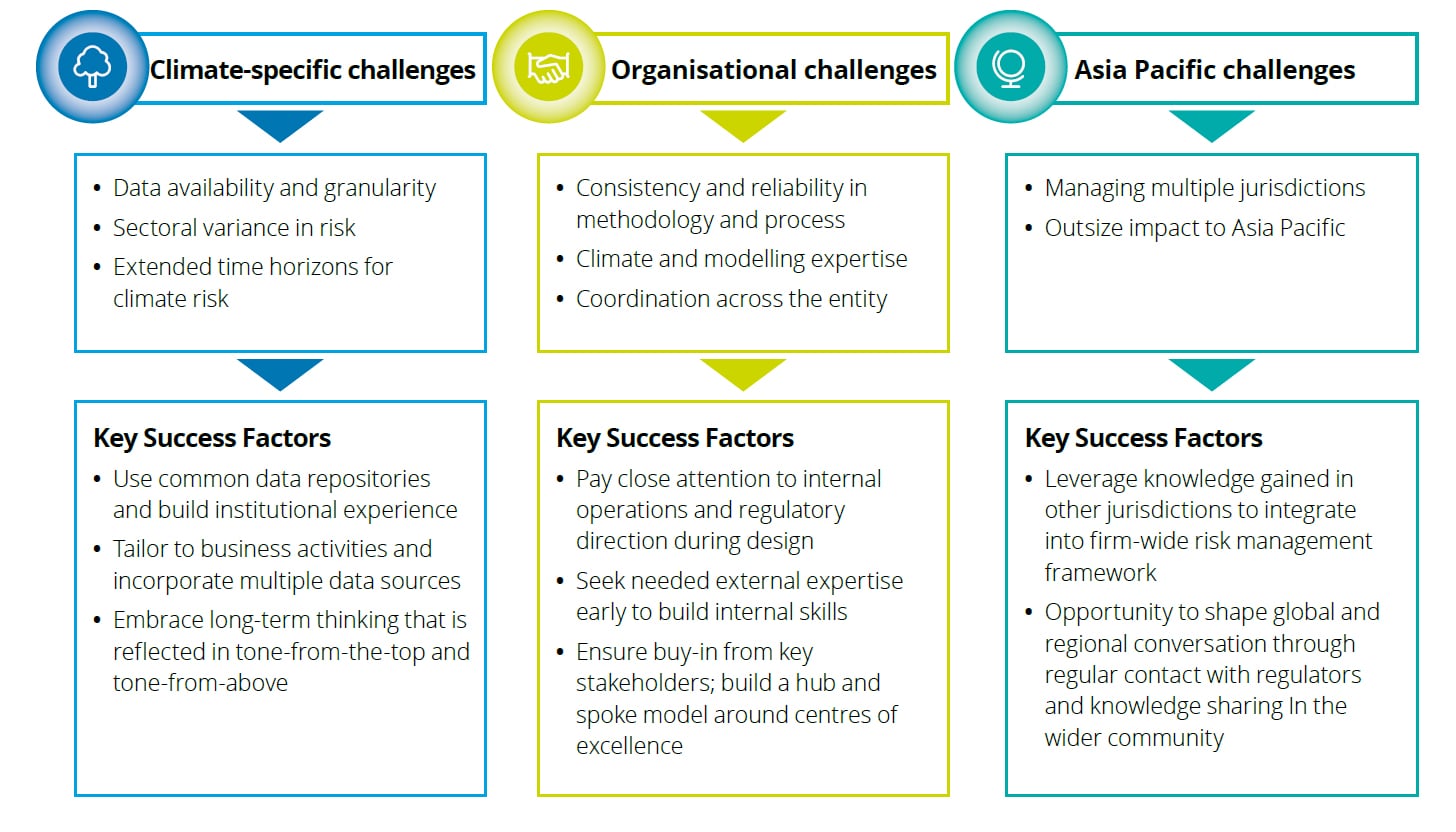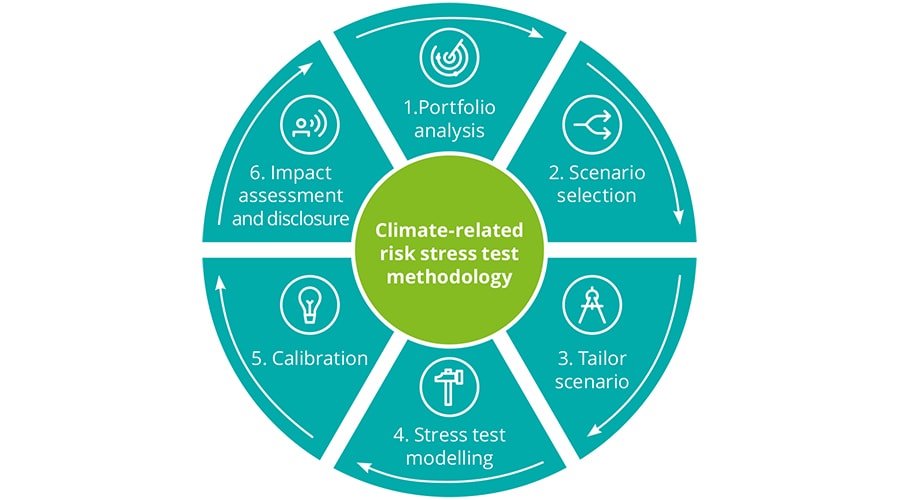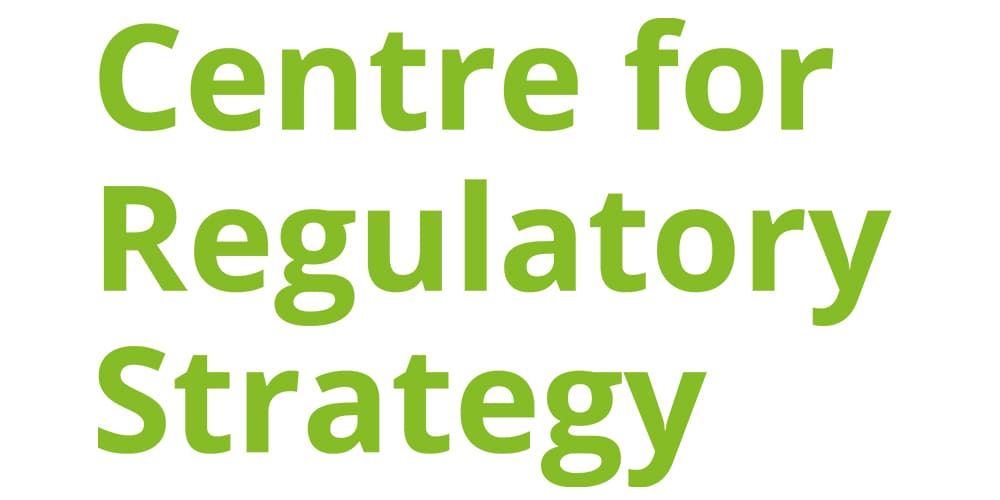Article
Climate-related risk stress testing
Today’s climate crisis urges us to rethink and reinvent our economy. Businesses need to change and meet higher expectations of sustainability, and along with this, higher expectations of their approach to risk management.
There is a building realisation of the magnitude of the coordinated effort across industries and among nations that is needed to reach the climate targets set by the Paris Agreement. This is particularly important for financial firms operating in our region given the outsize transition and physical risks that are present in Asia Pacific.
In our latest Climate-related risk stress testing report, we will dive into the ‘what’, ’how’, and ’why’ of climate-related risk stress testing, exploring what regulatory changes are coming, how firms can respond, and why Asia Pacific leadership is needed right now.
Key highlights
While there are many tools currently available to financial services institutions to start looking at how climate-related risks impact them, these methods may not be as comprehensive as is actually needed to properly manage climate-related risks.
Recognising these limitations, many regulators in the Asia Pacific region have begun to announce their intention to require higher standards for the management of climate risks. Integrating climate-related risks into current macroeconomic stress testing exercises is likely to be among the first of these new requirements. Our report lays out a step by step approach for firms on climate-related risk stress testing as well as how they can mitigate the below challenges along their journey to more robust climate-related risk management.
With a clear understanding of climate-related risks, organisations that are adaptable, resilient and have a more sustainable business model in the long-term, can experience greater opportunities for growth as well.
Climate-related risk stress test methodology




